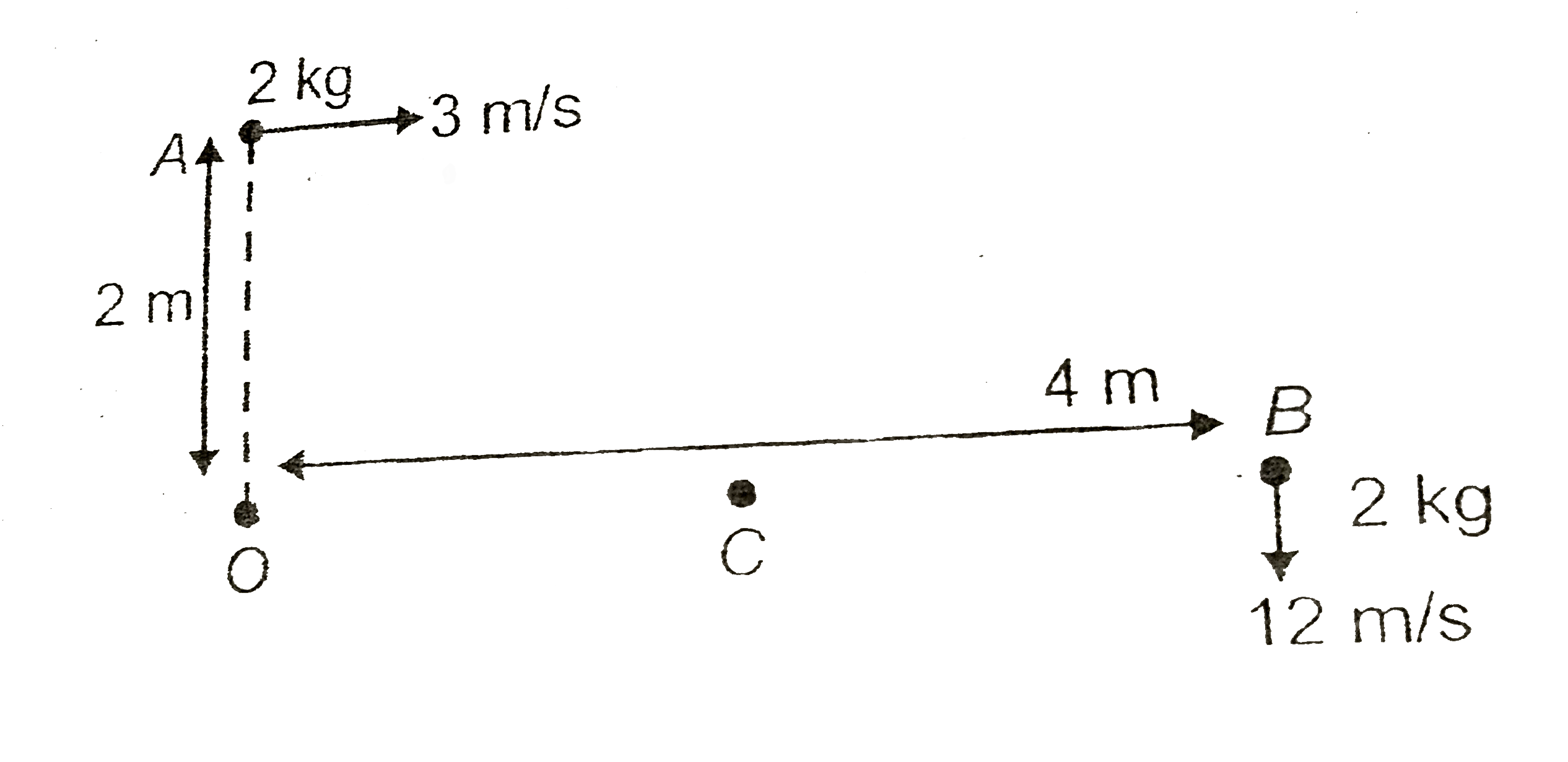Angular momentum of the particle rotating with a central force is constant due to.
Constant Torque
Constant Force
Constant Linear momentum
Zero Torque
The correct Answer is:D
Central force is directed towards a point, therefore torque of the central force is zero.
Similar Questions
Knowledge Check
- Question 1 - Select One
The angular momentum of a particle is
Aparallel to its linear momentumBperpendicular to its linear momentumCinclined to its linear momentumDa scalar quantity - Question 2 - Select One
Angular momentum of the system of particles changes when
Aforce acts on a bodyBtorque acts on a bodyCdirection of velocity changesDnone of these - Question 3 - Select One
Assertion : If a particle moves with a constant velocity, then angular momentum of this particle about any point remains constant.
Reason : Angular momentum has the units of Plank's constant.AIf both Assertion and Reason are correct and Reason is the correct explanation of AssertionBIf both Assertion and Reason are true but Reason is not the correct explanation of AssertionCIf Assertion is true but Reason is fasleDIf Assertion is false but Reason is true
Three particles are moving as shown in the figure, Calculate the angular momentum of the third particle C, so that the angular momentum of system about point O becomes zero.
 View Solution
View SolutionShow that the angular momentum about any point of a single particle moving with constant velocity remains constant throughout the motion. Is there any external torque on the particle ?
View SolutionA particle of mass m is moving in a plane along a circular path of radius r. Its angular momentum about the axis of rotation is L. The centripetal force acting on the particle is.
View SolutionThe value of angular momentum of the earth rotating about its own axis is
View SolutionA particle has a linear momentum p and position vector r. the angular momentum of this particle about the origin will not be zero under the conditions
View Solution

